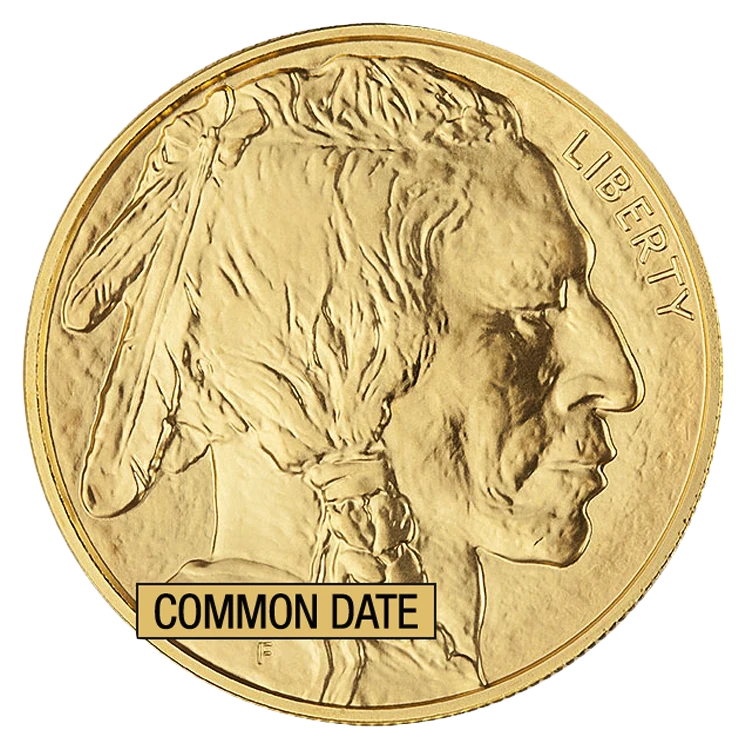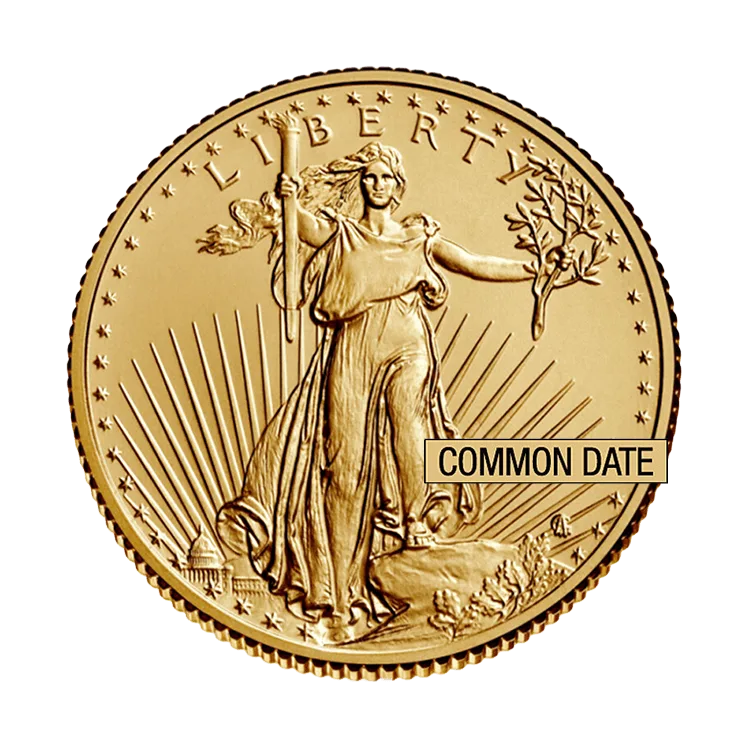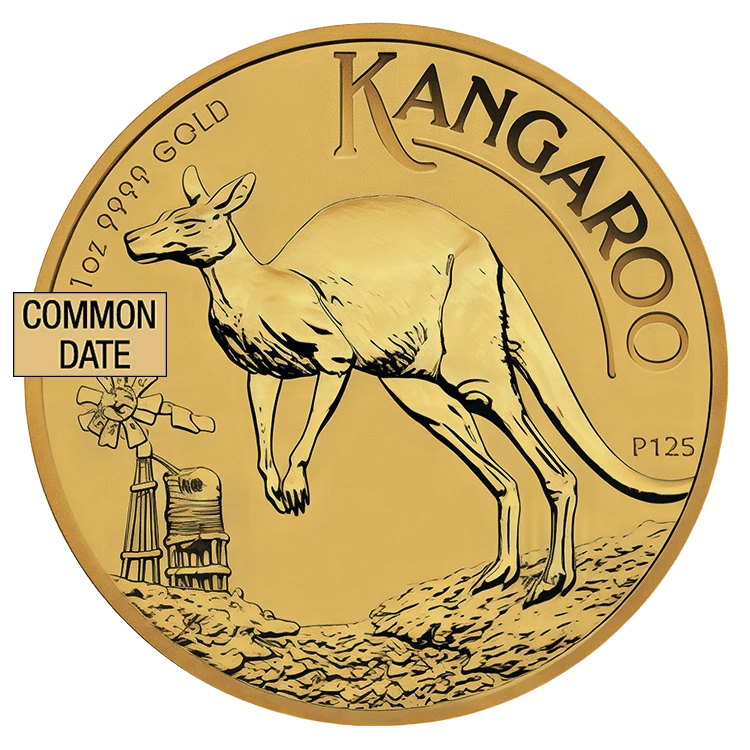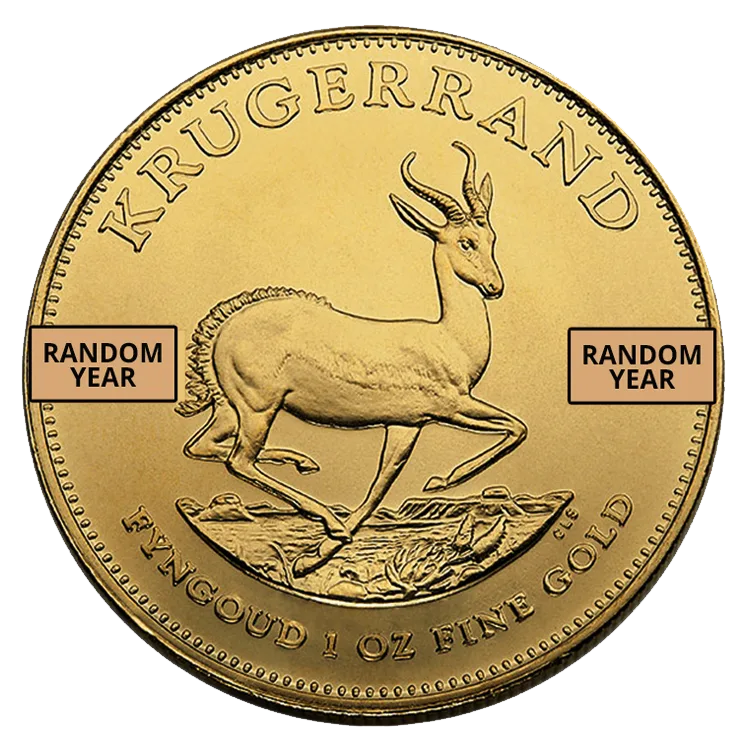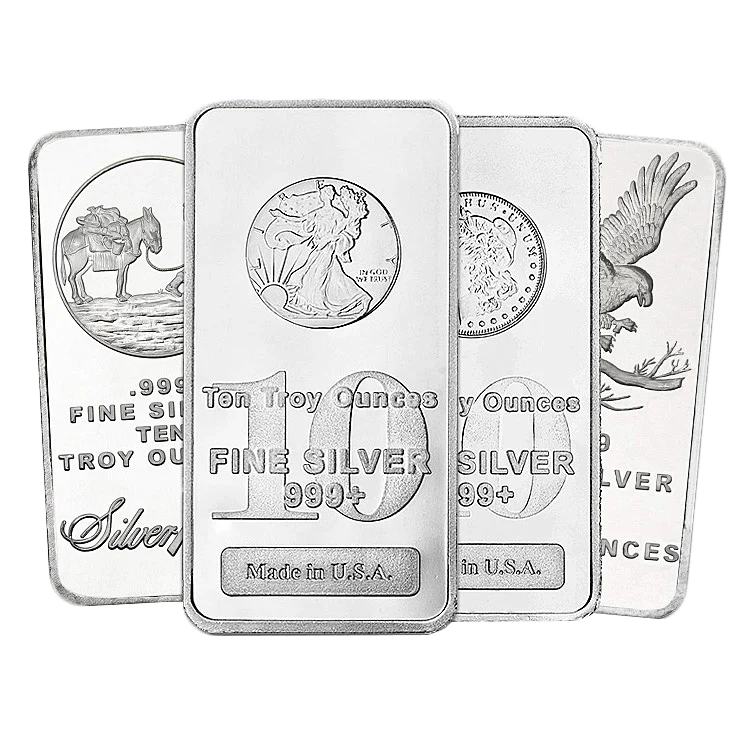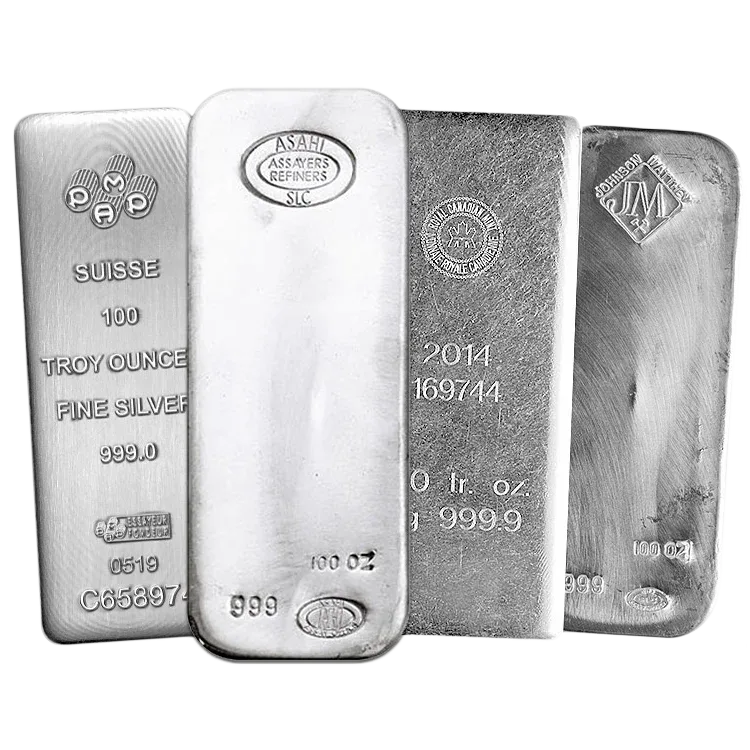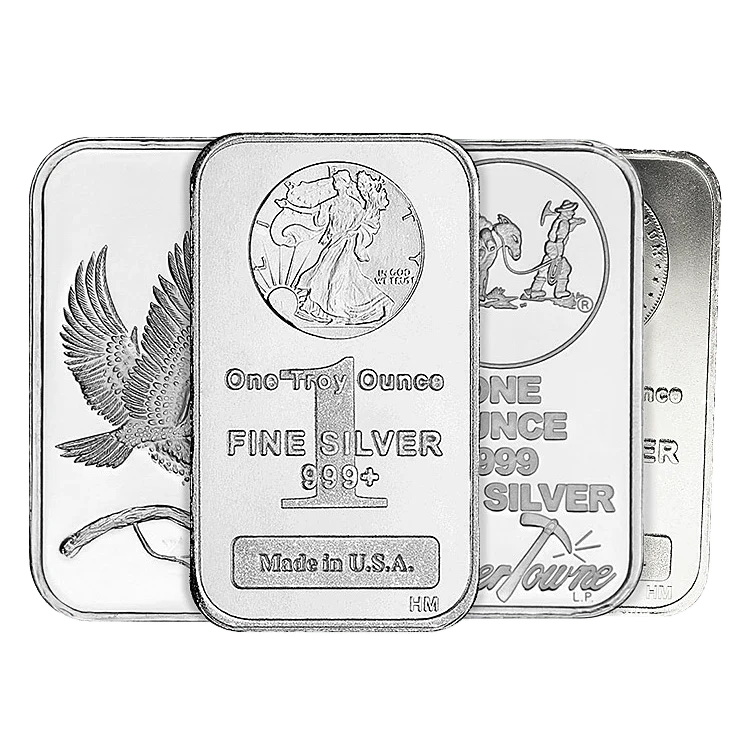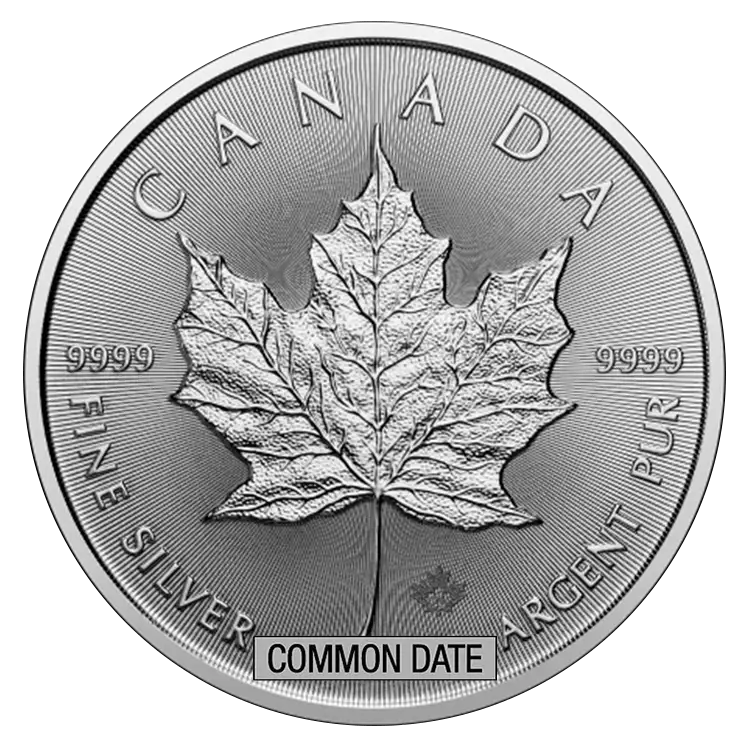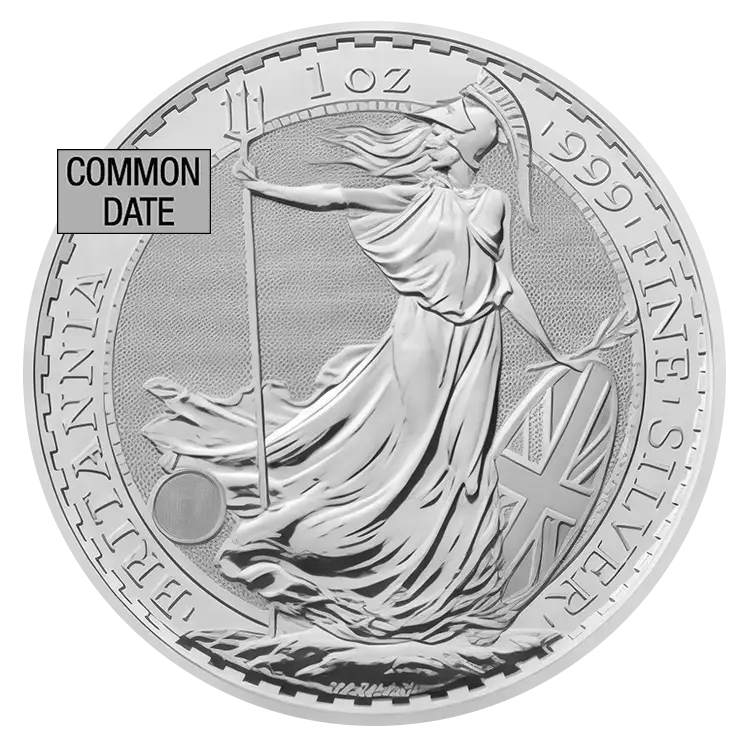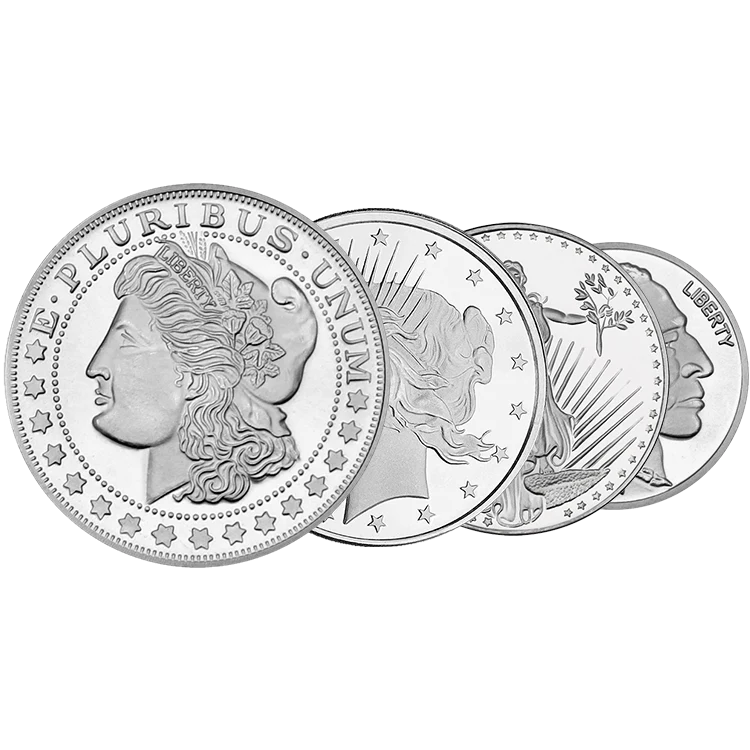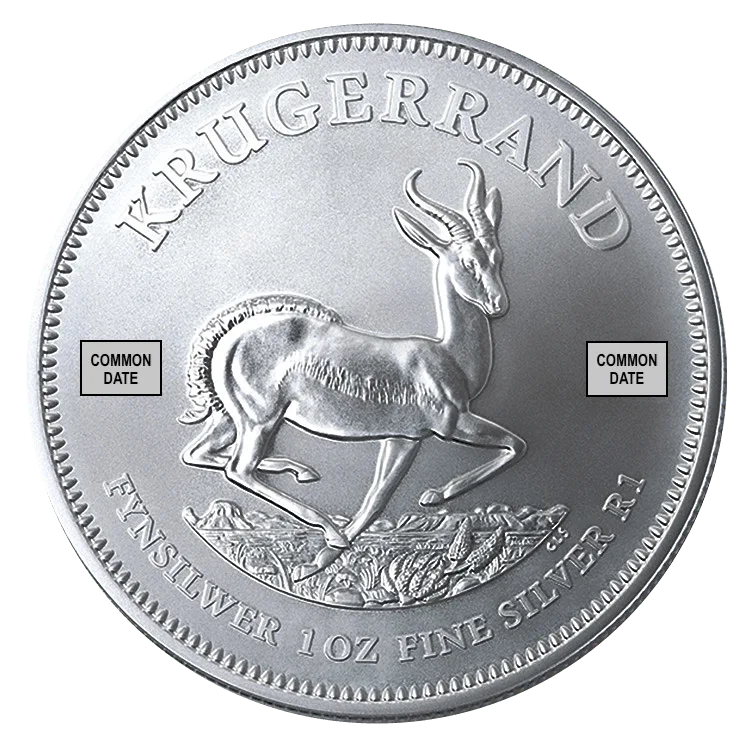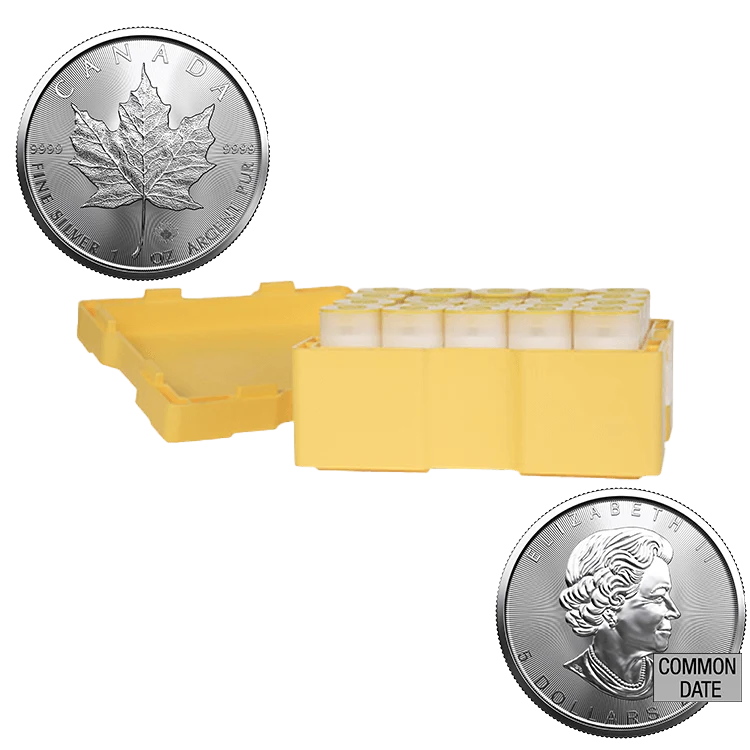Gold/Silver Price Chart
The gold/silver ratio (GSR) is the current price of an ounce of gold divided by the current price of an ounce of silver.
Home / Price Charts / Gold/Silver Ratio Price Charts
Gold/Silver Ratio Live Price
Gold / Silver Ratio Guide
The gold / silver ratio. It’s simple: Take the price of an ounce of gold and divide it by the price of an ounce of silver. Presto; the resulting number is the gold / silver ratio.
The ratio is most useful at its extremes. When the ratio has topped 80, it has signaled a time when silver was relatively inexpensive relative to gold. Silver went on to rally 40%, 300%, and 400% the last three times this happened.
Likewise, the three times the gold / silver ratio has fallen below 20 in the past, it has marked a period when gold was relatively inexpensive compared to silver.
This is the best of savvy investment strategy; take a simple mathematical equation and track historical price behavior. When relative valuations hit extremes and then revert to historical means time and time again, we seek to buy these temporary undervaluations and wait for their inevitable pendulum swing in the opposite direction.
Gold Price
Silver Price
Explore ourGold / Silver Products
Calculated Return on Investment Metals

Select Your Metal
Investment Amount
Time
Invested Amount
$ 0
Gain/Loss
$ 0
$ 0
$ 0
$ 0
Total Return
$ 0
$ 0
$ 0
$ 0
Frequently Asked Questions
What Is the Gold/Silver Ratio and Why Is It Important?
The gold/silver ratio represents the number of silver ounces needed to purchase one ounce of gold. This ratio is a key metric watched by precious metals investors and traders to identify potential investment opportunities.
Calculation: Gold/Silver Ratio = Price of Gold per Ounce ÷ Price of Silver per Ounce
What is the Typical Gold/Silver Ratio Throughout History?
Throughout history, gold has consistently commanded a higher value than silver, with the ratio fluctuating significantly over time
- In ancient civilizations, the ratio was often fixed at 12:1 or 15:1
- During the modern era (post-1900), the ratio has generally oscillated between 50:1 and 80:1
- Extreme readings have occurred: the ratio reached nearly 100:1 during the 2020 market turbulence and fell to almost 20:1 in 1980
How Do Investors Use the Gold/Silver Ratio Today?
The gold/silver ratio is a practical tool for precious metals investors. Traders use it to time their entry and exit points, particularly when the ratio reaches extreme levels. Investors also use it to make strategic decisions about rebalancing their precious metals holdings – often buying silver when the ratio is high and gold when it’s low. Additionally, significant movements in the ratio can signal broader market stress or economic uncertainty, making it a useful indicator for portfolio management.

News and Updates on Gold Market

Gold ETF & Physical Gold: Hidden Risks Most Investors Miss
Gold ETFs offer convenience, but that ease comes with hidden risks. From counterparty exposure to frozen redemptions, this breakdown shows why physical gold offers true ownership and real crisis protection.

Gold Smashes $4,400 as Silver Eyes $70
Daily News Nuggets | Today’s top stories for gold and silver investors December 22nd, 2025 Gold and Silver Smash Records Again Gold climbed above $4,400 per ounce Monday — another all-time high in what’s become a relentless rally throughout 2025. Silver followed suit, pushing past $68 per ounce and closing in on $70. Both metals have surged roughly 70% and 128% this year, respectively, making this the strongest annual performance since 1979. The latest spike comes as traders anticipate two Fed rate cuts in 2026, while geopolitical tensions — from the U.S. oil blockade against Venezuela to ongoing Middle East conflicts — are amplifying safe-haven demand. ETF inflows have climbed for four straight weeks, and central

A Global Monetary Reset May Already Be Underway — Here’s the Evidence
Most investors expect a monetary reset to arrive suddenly. Mike Maloney argues it’s already happening. Gold and silver are leading signals of a global shift that will impact every saver and investor—whether they’re prepared or not.






